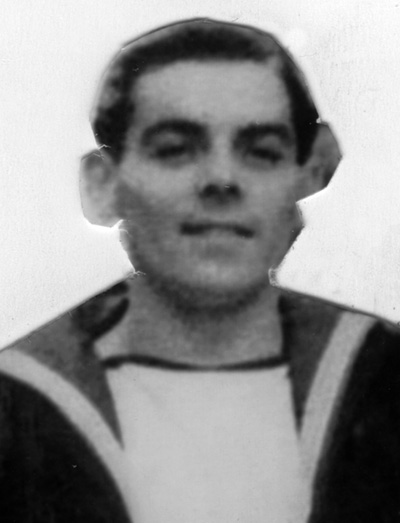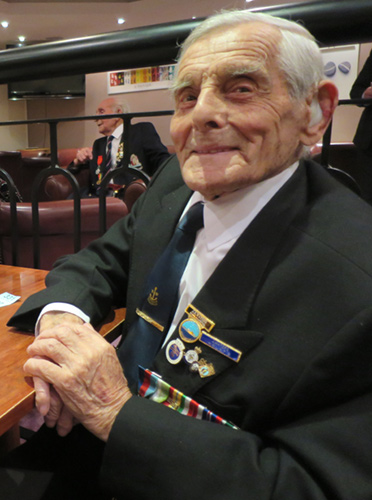
 HMS WAKEFUL
HMS WAKEFUL
Click on the links within this brief outline for first hand accounts by
the men who served on HMS Wakeful and for a more detailed chronolgy see www.naval-history.net
HMS
Wakeful was the first Royal
Navy warship to carry that name. She was completed in December 1917 and
saw service with the Grand Fleet in the final months of ther Great War
and was present in November 1918 when the German High Sea Fleet entered
Scapa Flow to surrender. Wakeful was part of the British Baltic Intervention Force and on the 24 December 1918 left Tallinn in Estonia with Vendetta and Vortigern and captured a Bolshevik destroyer bombarding a lighthouse. On Christmas Day Wakeful with the cruisers HMS Calypso and Caradoc forced another Bolshevic destroyer to surrender. These two destroyers, renamed Wambola and Lennuk, formed the nucleus of the Estonian Navy.
HMS Wakeful was in reserve for most of the interwar years but was recommissioned in 1939 and was present at the Royal Review of the Reserve Fleet in Weymouth Bay in August. On the outbreak of war she joined the 17th Destroyer Flotilla at Plymouth as a convoy escort in the Western Approaches and the English Channel until May 1940 when she was transferred to Dover Command and supported the evacuation of troops from Dunkirk. On the 27 May she embarked 630 troops from Dunkirk for Dover and was damaged above the waterline in an air attack. She returned to Dunkirk on the 28 May, embarked 640 troops on the 29 May and was was attacked off the Belgium coast by E-boats based at Antwerp which emerged from the mist while Wakeful was returning to Dover. She was torpedoed twice, once in the boiler room and split in two with the bow sinking immediately. Only one soldier and 25 crew members survived and HMS Grafton was also sunk whiler attempting to rescue survivors.
One of sixteen W Class destroyers built under the War Emergency Programme in 1943-4 was named HMS Wakeful and served in the Home Fleet, transferring to the Eastern Fleet in 1944, and then the Pacific Fleet. She was converted to a Type 15 Frigate sfter the war and was scrapped in 1971. For further details of the reuse of V & W Class names by ships built under this programmne see the linked article by Frank Donald.
Commanding Officers
Cdr Somerville Peregrine Brownlow Russell RN (26 Nov 1917 - 19 July 1918)
Lt John R. Crothers RN (June – July 1935)
Cdr. Robert St. Vincent Sherbrooke, RN (31 July 1939 - 8 Dec 1939)
Lt. Cdr. Ralph Lindsay Fisher, RN (18 Dec 1939 -
29 May 1940)
Officers
This short list of officers who served on HMS Wakeful have entries on the unithistories.com web site. Further names from the Navy List will be added later.
Lt Walter Scott RN (16 Oct 1939 – April 1940)
Lt M.A.G. Child RN
Lt Claude Beevor King RN (Oct 1923 – Jan 1925)
THIS IS A DRAFT PAGE WITHOUT MUCH DATA
a volunteer researcher needed to help develop this page
take a look at this online guide for researching V &W Class Destroyers
And if you are interested contact bill forster <venomous at holywellhousepublishing.co.uk>
Bill Forster recorded an interview with John Waters at the V & W Association reunion at Harrogate in 2015
You can click on the link to listen to John describe his wartime service on HMS Wakeful, HMS Warspite and LST 9
be patient - it takes a couple of
minutes before the file opens and John starts speaking

 John Waters was born on the 5 March
1921 at Easington Lane, ten miles South of Sunderland in Co Durham. He left school at 14 and his
father was a miner but John was determined
not to follow him down the pitts. Since there was no work in Co Durham he moved
to Leicester and started an apprenticeship as a bricklayer. He was bored and at eighteen joined
the Navy and was sent to Chatham for shore training, passed
out as an OD and was posted to HMS Wakeful
at Devonport, Plymouth, in September.
John Waters was born on the 5 March
1921 at Easington Lane, ten miles South of Sunderland in Co Durham. He left school at 14 and his
father was a miner but John was determined
not to follow him down the pitts. Since there was no work in Co Durham he moved
to Leicester and started an apprenticeship as a bricklayer. He was bored and at eighteen joined
the Navy and was sent to Chatham for shore training, passed
out as an OD and was posted to HMS Wakeful
at Devonport, Plymouth, in September. Bill Forster recorded an interview with John Waters at the V & W Association reunion at Harrogate in 2015
You can click on the link to listen to John describe his wartime service on HMS Wakeful, HMS Warspite and LST 9
be patient - it takes a couple of
minutes before the file opens and John starts speaking
HARD LYING
Conditions on V & W Class
destroyers were so bad in rough weather that the men who served on them
were paid hard-lying money. These stories by veterans who served on
HMS Wakeful were published in Hard Lying,
the magazine of the V & W Destroyer Association and republished in
2005 by the Chairman of the Association,
Clifford ("Stormy") Fairweather, in the book of the same name which is
now out of print. They are reproduced here by kind permission of
Clifford Fairweather. Copyright remains with the authors and
photographers who are credited where known.